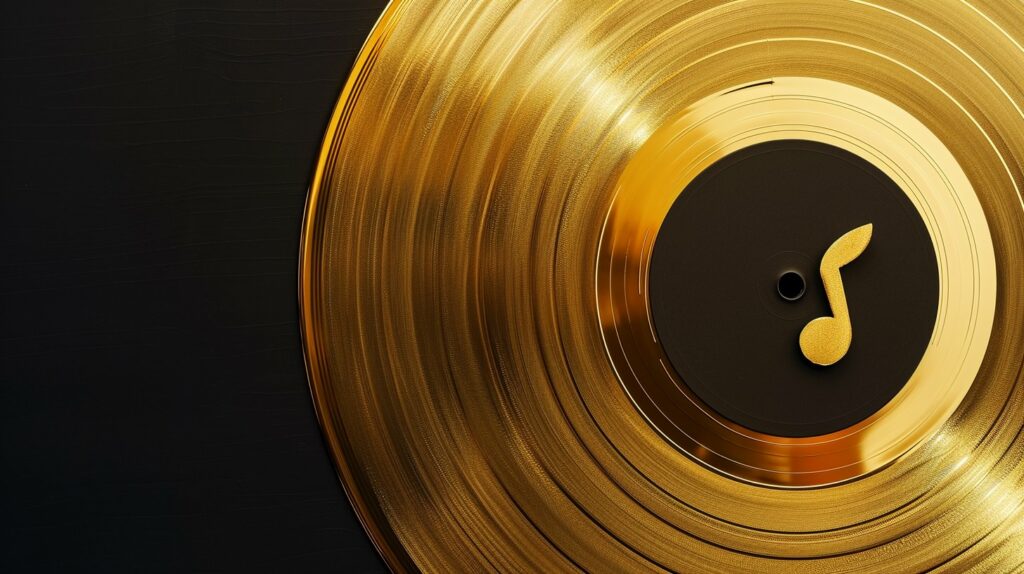How Do Music Royalties Work?

Understanding how music royalties work is crucial for musicians, music industry professionals, and anyone interested in the financial workings of the music business. This post will provide a comprehensive overview of music royalties, detailing their types, beneficiaries, and how they’ve evolved over time.
Defining Royalties
Royalties in the music industry are payments that rights holders receive whenever their music is used or played publicly. These royalties are the financial rewards for owning intellectual property – in this case, music.
Royalties and Copyrights
The concept of royalties is closely tied to copyrights. There are typically two copyrights for every song: one for the recording and another for the underlying composition. The recording copyright is held by the artist or the record label, while the composition copyright is generally held by the songwriter or their publisher. These copyrights are what generate royalties, ensuring that the creators and owners of music are compensated for its use.
Types of Royalties
- Mechanical Royalties: These are due when a song is reproduced, either physically (like CDs or vinyl) or digitally (like digital downloads or streams). Mechanical royalties are paid to songwriters and publishers.
- Performance Royalties: Generated when a song is played publicly, whether live, on the radio, in a business, or streamed online. Performance royalties are collected by Performance Rights Organizations (PROs) and paid to songwriters and publishers.
- Synchronization (Sync) Royalties: These occur when music is used in sync with visual media – think movies, TV shows, commercials, video games, etc. Sync royalties are negotiated on a case-by-case basis and paid to songwriters and publishers.
Other Royalty Types
- Print Music Royalties: From sheet music sales.
- Public Performance Royalties from Digital Services: Specific to digital streaming and webcasts.
- Neighboring Rights Royalties: For the public performance of a recording, paid to performers and record labels.
Streaming: Mechanical vs. Performance Royalties
In the context of streaming, mechanical and performance royalties are both generated but distributed differently. Mechanical royalties from streams are paid to songwriters and publishers, while performance royalties from the same stream are first collected by the PROs and then go to the songwriters, publishers, and in some cases, record labels.
Beneficiaries of Royalties
The distribution of royalties depends on the agreements between the involved parties – songwriters, publishers, recording artists, and record labels. Contracts and copyright laws dictate who gets what portion of the royalties.
Evolution of Royalties in the Modern Era
The role of royalties in artist revenue has evolved. In the past, they were a primary income source for artists. However, with the advent of digital music and streaming, the royalty rates have changed, often leading to smaller payouts for artists. This shift has prompted many artists to explore other revenue streams like live performances, merchandise, and direct fan engagement.
Conclusion
Music royalties are a complex but vital part of the music industry’s economic structure. Understanding how they work, the types of royalties, and their distribution is key for anyone involved in the music business, especially in an era where the digital landscape is continually reshaping these dynamics.